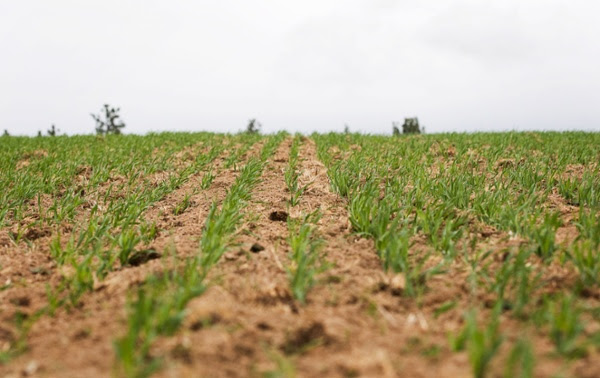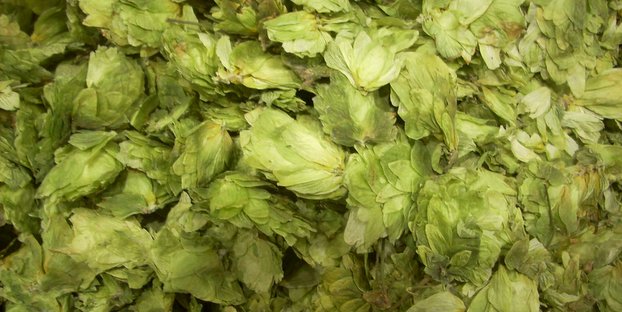
Universities around the United States have been dedicating resources to help grow, teach and improve the brewing industry — especially on the agriculture side of the business. Beyond classes for students, big educational institutions have been compiling and releasing impressive how-to guides and even breeding old and new varieties for local farmers to bring beer ingredients back home to harvest.
Iowa State University Extension and Outreach Fruit Specialist Diana Cochran authored “Hop Production 101: Site selection and planting” (HORT 3051) aimed at helping get more hop farms in the great state of Iowa. Michigan State University announced that it was breeding back a variety named (appropriately) Spartan barley; Spartan barley was developed in 1916, four years before Prohibition, by MSU plant breeder F.A. Spragg. And just last week, Ohio State University released Management of Ohio Winter Malting Barley — a guide for farmers who want to tap into the state’s growing craft beer scene. Here’s the intro:
Winter malting barley is a new crop to Ohio. Malting barley requires careful management to maximize grain yield and to maintain high quality grain for malting purposes. Here, we offer practical fall management recommendations. Malting barley management trials are currently being conducted to further fine-tune management guidelines. A spring management guide will be available during winter 2018.
In 2009, Dr. Eric Stockinger (Department of Horticulture and Crop Science), initiated a winter malting barley breeding program by testing different varieties obtained from outside sources for their suitability in Ohio. As winter-hardiness is the most critical parameter for successful barley cultivation in the Midwest, emphasis on winter-hardiness and developing winter-hardy barley varieties is a key breeding program goal.
Ohio farmers need to carefully consider growing winter malting barley as it may not be suitable for all operations. Malt quality barley must meet several criteria to avoid being rejected by the malt facility- this risk may be too high for certain farmers since there are no markets in Ohio for rejected barley. Malting barley is not sold through traditional grain elevators like corn, soybean, and wheat, so contracts or agreements should be in place before planting. Special considerations for post-harvest handling include drying capability, grain cleaning, and delivering in totes (versus hopper trucks). Each farmer must understand the unique challenges of growing malt quality barley before contracting and purchasing seed.





Leave a Reply
You must be logged in to post a comment.